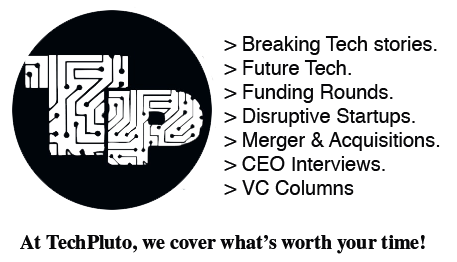Web 2.0 is among the popular buzzwords in the Blogosphere and Social Media. This article will tell you about some characteristics of Web 2.0 Technology.
We have described below, the most significant characteristics that a core ‘Web 2.0 service’ does follow :
User-centered Design
A web design which is created in a way that it fulfills every possible need of the end user and empowers the user to perform certain customizations within the design. User-centered designs are clean, often Ajax based and easy to navigate. The appearance of the design is given a special preference while creating such a design. iGoogle, a customizable Google homepage is one of the most appropriate examples of a User-centered design.
Crowdsourcing
Every small unit of contribution is important to a Web 2.0 service. Millions of such contributions eventually lead the website to state of higher relevance. For instance, any conventional Media company (employing hundreds of reporters) has today been easily beaten by blogging platforms like Blogger and WordPress in producing extremely frequent and relevant content as millions of users are acting as a contributor, building up a large resource within a much lesser span of time
Web as Platform
Gone are those days when one had to heavily rely on the desktop for accessing various web applications.Today’s Web 2.0 services don’t require a client download condition.Nor is the dependency on a particular OS for accessing the web services.Whatever be the method of internet access(Windows,Mac or Mobile OS),the web 2.0 applications are nowhere affected with it
Collaboration
Wikipedia takes the first place when it comes to proving the power of collaboration. Before 2001 (year of Wikipedia’s inception), there used to exist only driven information sources such as Britannica Encylopedia, About.com and similar other sources, where collaboration was never implemented. Today, Wikipedia stands way ahead in terms of content quantity as well as quantity.
Power Decentralisation
Earlier,most of the services used to be administered and not automated.But Web 2.0 services follow a self-service model rather than being an administrator dependent. For instance,Google Adsense is a self service platform for Ad publishing (by brittany at tf online). There is no administrator for allowing/rejecting the requests from the users.The users get to have a self-service system by Google which helps them deploy Ads on their site/blog quite easily.Same is the case with social bookmarking services such as Digg,Reddit,Stumbleupon etc.
Dynamic Content
In a generation where blogosphere has overpowered the conventional mainstream media, Web 2.0 services have to be highly dynamic and proactive. If crowdsourcing is there then dynamicity follows by default.
SaaS
With Cloud computing on a roll,more and more web services are taking the route of SaaS(Software as a Service). Softwares are available as a web service with no platform dependency at all.
Rich User Experience
Use of XHTML, CSS 2.0, Ajax, flex and similar other rich media producing technologies have potentially helped making web services lighter,faster,less cluttered and more appealing to the end user.A great user experience plays a big role today,in making users come back again to the web service.
Here’s a recommended ebook on Web 2.0 applications for starters and web development community

